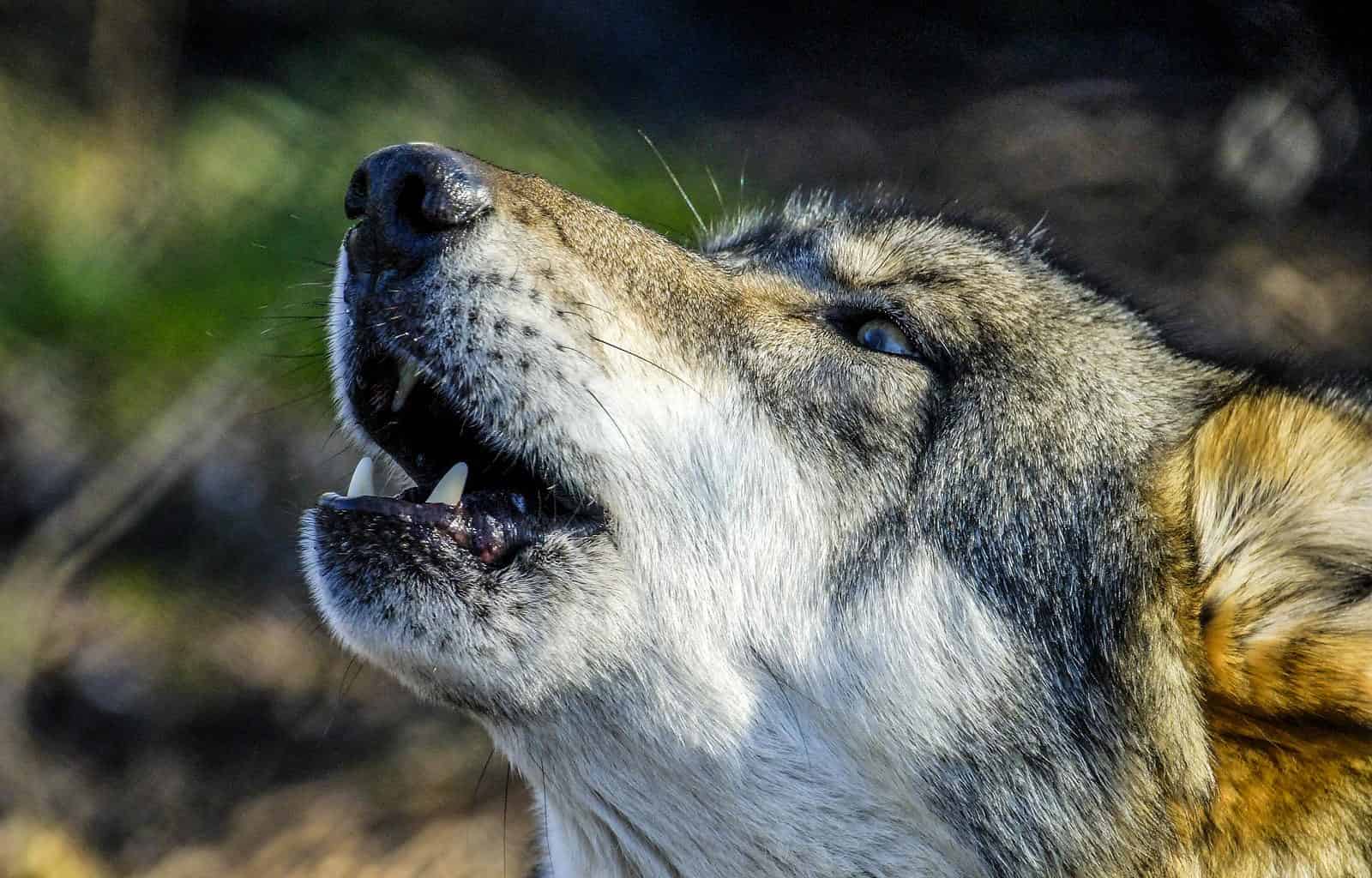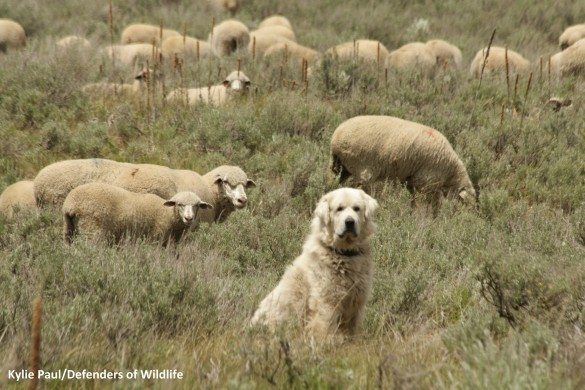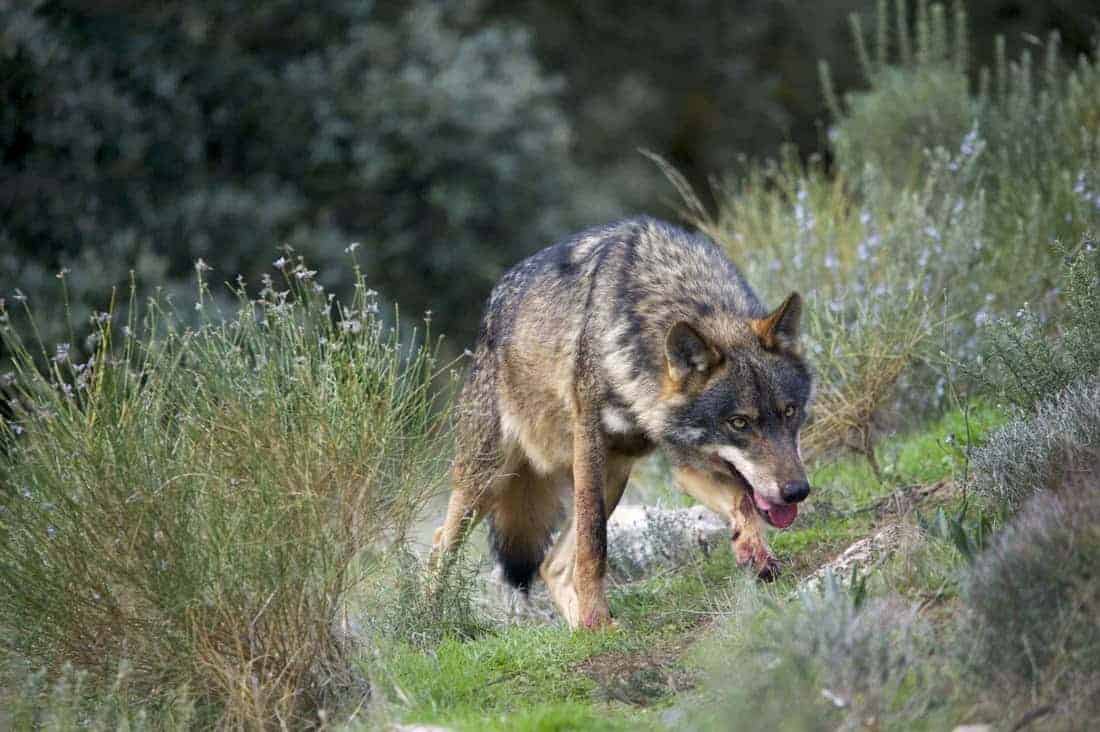Decrease of Parnassius apollo
Population of Apollo dramatically decreased in the last couple decades. There are countries with about 20% decrease but also with a much more dramatic situation where decrease is about 50%. This very much depends in geographical regions.
Analysis provide evidence that the most fragile subspecies and forms of Apollo are these from a low altitude in East and Central Europe, while forms inhabiting higher part of the Alps and other, mostly south European, high mountains ranges are still relatively large and strong.
Disappearing habitats
Hypothesis say that low altitude in East and Central Europe has been since the last 20 years heavily impacted by industrialization, new development and unprecedented intensification of agriculture. Plenty of habitat and food for Apollo disappeared.
Continuing on this hypothesis we see that this kind of development was not so obvious 20 years ago in higher mountains. Open landscape developed by men in previous centuries and maintain by grazing still provide fragments of suitable habitat for Apollo. This happened despite of more and more massive abandonment of the traditionally grazed landscape.
Apollo require open habitat
Since the Ice Age, due to changing climate, shrinking steppe biotypes imposed selective pressure and cause decrease local Parnassius apollo populations. That pressure resulted in the adaptation to new habitat, such as mountains screes and meadows.
Gradually, Apollo shifted from a typical steppe into a mountain-steppe species. This occurred in the Alps and, probably, at southern, calcareous slopes of the Carpathian, and resulted in the emergence of numerous forms and Apollo subspecies.

Current habitat of Apollo
As a steppe and mountain-subalpine-subboreal species, Apollo occupies – within its range – different habitats. It is found in heaths, shrubs, various grasslands communities in lowland biotopes, and also in small openings in forest. Among the most typical habitats there are alpine and subalpine grasslands, dry calcareous grasslands and slopes in upland areas.
Open landscape such as screes, rocky habitats high in the European mountain such as Alps or Carpathians are also suitable for Apollo. To maintain stable Apollo population, habitat must provide food-plant for the larvae – particularly plant Sedum sp.
Nowadays, particular Apollo forms and subspecies occupy small areas, sometimes limited to single mountain massive or even hillside, as it was documented in the Alps and the Carpathians.
Conclusion
Parnassius apollo seems to be very resistant and flexible species. History shows, that he survived dramatic weather changes and even skills to adapt to these changes significantly. That provides a hope that this species with a little bit smart support from the man can survive the following period.
I love to see flying Parnassius apollo. For me it is a symbol of Wilderness









